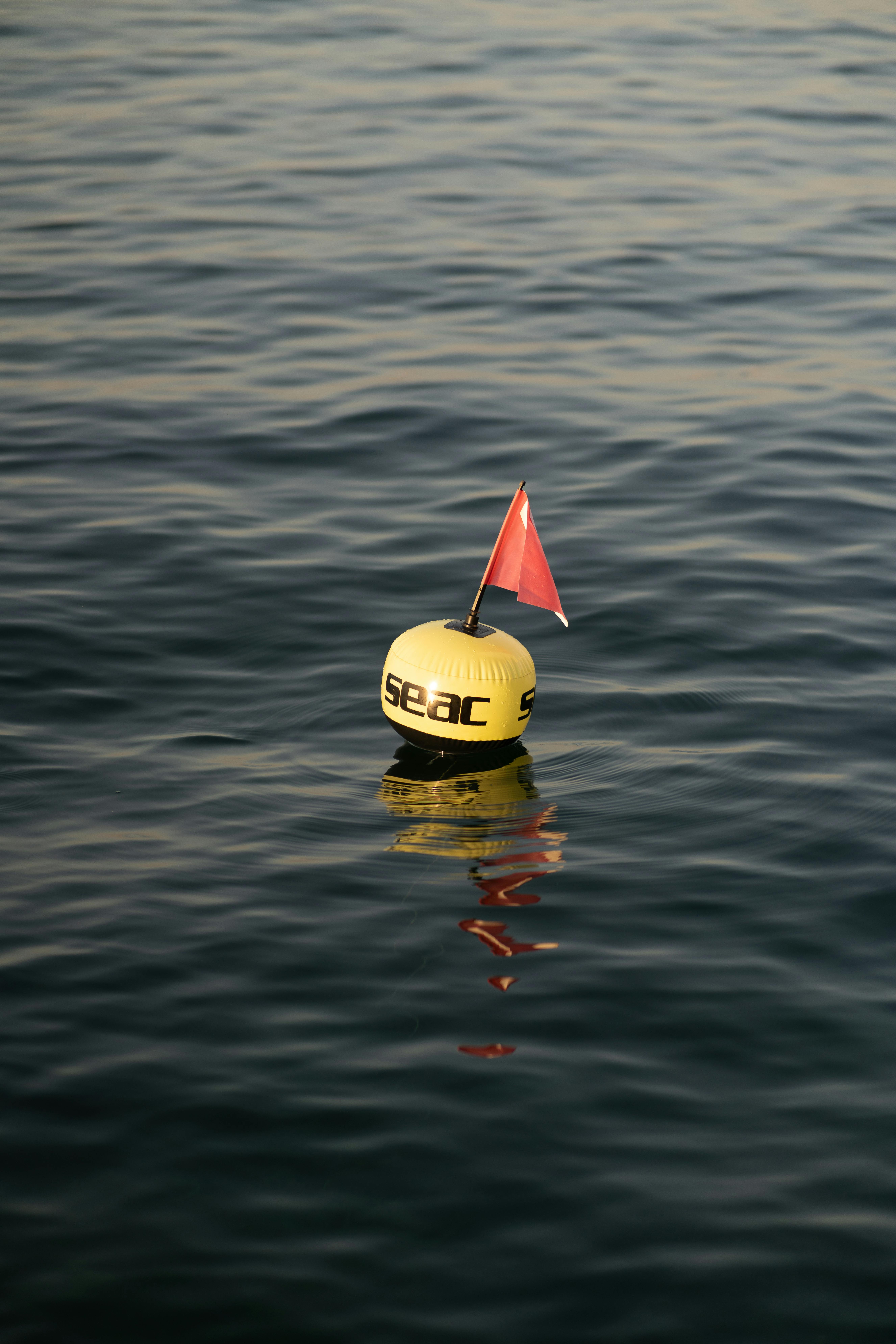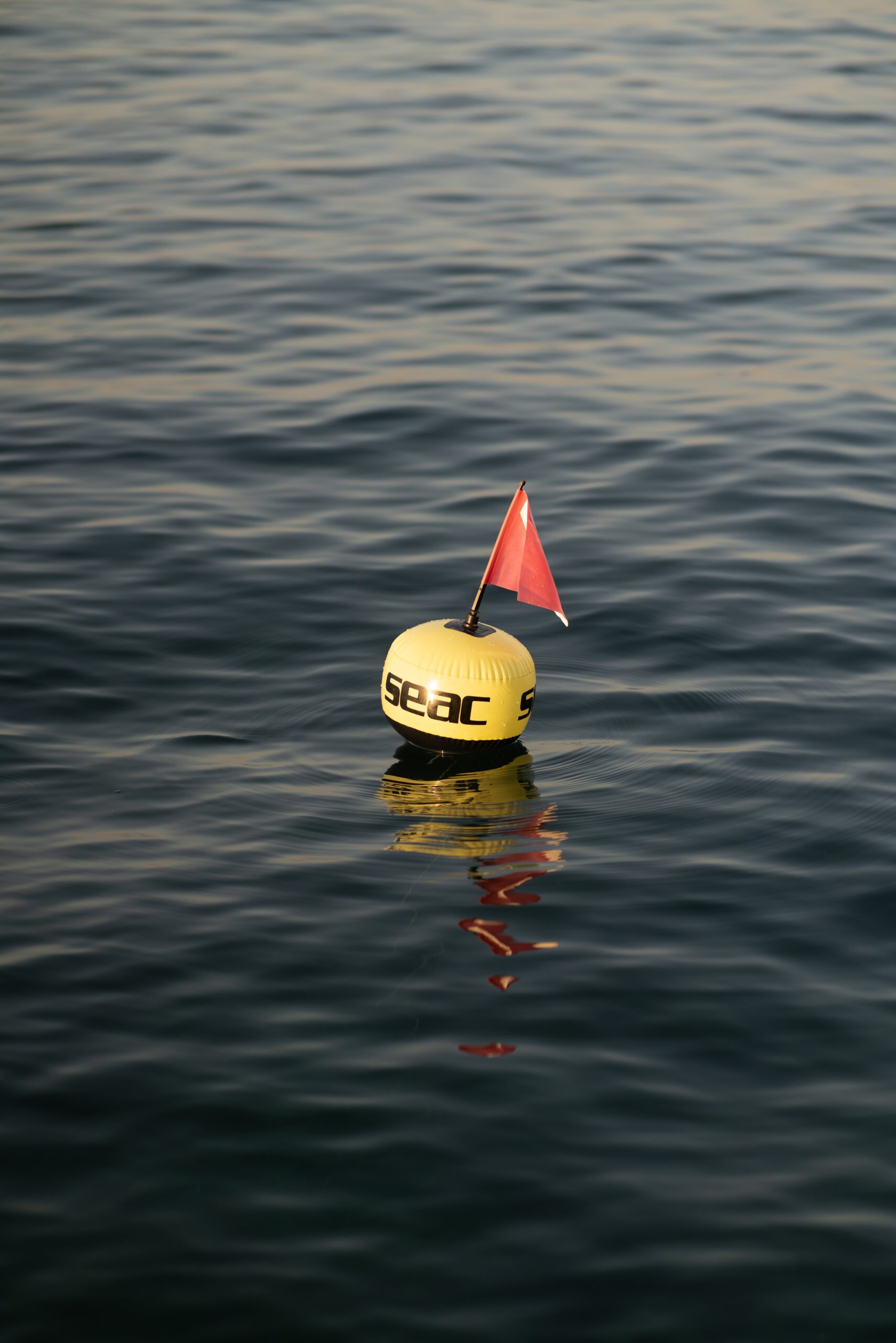Imagine living in an area where your primary source of water comes from a well. It’s comforting to know that you have access to fresh, natural water right on your property. However, have you ever considered the safety concerns that may arise when it comes to well water? Specifically, in areas with well water pressure tank maintenance deadlines. In this article, we will explore the potential risks associated with well water in these areas and provide valuable insights into ensuring the safety of your water supply. So, grab a glass of water and let’s dive into this important topic.
Potential Contamination
When it comes to well water, one of the primary safety concerns is the potential for contamination. There are several ways that well water can become contaminated, including bacterial contamination, chemical contamination, and surface runoff contamination.
Bacterial Contamination
Bacterial contamination in well water can occur due to a variety of factors. One common source of bacteria is fecal matter from humans or animals that seeps into the groundwater. This can happen when a well is located too close to a septic system or when there is improper well construction or maintenance. Bacteria such as E. coli and coliform can cause serious illnesses if ingested, so it is crucial to regularly test well water for bacterial contamination and take appropriate actions to address any issues.
Chemical Contamination
Chemical contamination of well water can happen when pollutants from various sources infiltrate the groundwater. Chemicals like pesticides, fertilizers, and industrial waste can seep into the soil and eventually reach the water table, potentially contaminating wells. Additionally, improper storage or disposal of household chemicals near a well can also lead to chemical contamination. Regular testing for these contaminants is essential for ensuring the safety of well water.
Surface Runoff Contamination
Surface runoff can pose a significant risk for well water contamination, particularly in areas with poor drainage or where the well is located in a low-lying area. When it rains, water can carry pollutants from the surface, such as chemicals from roads, construction sites, or agricultural fields, and transport them into the groundwater. Properly diverting or managing surface runoff is crucial to prevent contamination and safeguard the quality of well water.
Backflow Prevention
Backflow refers to the reverse flow of water, carrying potential contaminants, into the main water supply. It can happen when there is a sudden drop in pressure in the water distribution system, causing water to flow backward into the pipes connected to the well. Backflow can introduce harmful substances, such as chemicals or bacteria, into the well water, posing a considerable health risk.
Backflow Basics
Understanding the basics of backflow is essential for preventing contamination of well water. When there is a pressure drop due to factors like a burst pipe or firefighting activities, the reverse flow of water can occur. This backflow can bring with it contaminants that may have entered the main water supply, endangering the quality and safety of the well water.
Backflow Prevention Devices
To protect against backflow, it is crucial to install and maintain backflow prevention devices. These devices, such as check valves and backflow preventer assemblies, are designed to prevent the reverse flow of water by automatically closing when pressure drops or changes in the water supply occur. Regular inspection and maintenance of these devices are essential to ensure their proper functioning and effectiveness in preventing contamination.
Regular Testing and Maintenance
Testing well water regularly for potential contamination is crucial, especially in areas where backflow is a concern. Conducting periodic water tests can help identify any issues and allow for timely intervention. Additionally, routine maintenance of the well and backflow prevention devices is essential for ensuring their optimal performance and reducing the risk of contamination.

Corrosion and Leaks
Corrosion of pipes and plumbing fixtures, as well as the occurrence of leaks, can pose significant safety concerns for well water. Corrosion can lead to the release of harmful metals into the water, while leaks can provide a pathway for contaminants to enter the well.
Corrosion of Pipes and Plumbing Fixtures
Corrosion occurs when metals in the plumbing system react with water, resulting in the degradation of the pipes and fixtures. This can lead to the release of metals such as lead, copper, or iron into the water supply, which can be hazardous to human health. Regular inspections and maintenance can help identify signs of corrosion, allowing for timely repairs or replacements to minimize the risk of contamination.
Potential Health Risks from Leaks
Leaks in the plumbing system can provide a direct pathway for contaminants to enter the well water. Whether it’s a small drip or a larger burst pipe, any opening in the plumbing can allow bacteria, chemicals, or other pollutants to infiltrate the water supply. It’s crucial to promptly repair any leaks to prevent potential health risks associated with contaminated well water.
Preventing Corrosion and Addressing Leaks
To prevent corrosion of pipes and plumbing fixtures, it’s important to ensure proper water chemistry and pH levels. Regular testing can help identify any imbalances or issues that may contribute to corrosion. Additionally, addressing leaks promptly and conducting routine inspections can help maintain the integrity of the plumbing system and minimize the risk of contamination.
Electrical Hazards
Electrical hazards related to well water systems are an important safety consideration. Faulty electrical connections or improper grounding can lead to electrical accidents and pose risks to both people and the well infrastructure.
Proper Grounding and Electrical Safety
Proper grounding is crucial for ensuring electrical safety in well water systems. Grounding provides a safe pathway for electrical currents in case of a fault or power surge, preventing electric shock and other hazards. It’s important to have a licensed electrician install and regularly inspect the grounding system to ensure its effectiveness in protecting against electrical accidents.
Regular Inspections and Maintenance
Regular inspections of the electrical components of the well system are essential for identifying any potential hazards or issues. This includes checking the condition of wiring, connections, and control panels. Routine maintenance, such as cleaning and tightening connections, can prevent electrical malfunctions and reduce the risk of accidents.
Preventing Electrical Accidents
To prevent electrical accidents, it’s crucial to follow safety guidelines when working with or around electrical components. This includes avoiding contact with wires, using appropriate personal protective equipment, and ensuring that only qualified individuals perform electrical work on the well system. Practicing electrical safety is vital to protect both yourself and the well infrastructure.

Water Quality Testing
Regular water quality testing is an important aspect of ensuring the safety of well water. By monitoring the presence of contaminants, potential risks can be identified and appropriate actions can be taken to address any issues.
Importance of Regular Water Testing
Regular water testing is essential for understanding the quality of well water. It allows for the identification of potential contaminants, such as bacteria, chemicals, or heavy metals, which may pose health risks. By monitoring water quality, well owners can take proactive measures to protect their health and the integrity of their well system.
Common Contaminants to Look For
Several contaminants may be present in well water, and testing can help identify their presence. Common contaminants include bacteria such as E. coli and coliform, nitrates from fertilizers or septic systems, arsenic, lead, pesticides, and volatile organic compounds (VOCs). Testing for these contaminants can provide valuable information about the safety of the well water and guide appropriate treatment measures if necessary.
Water Treatment and Filtration
Water treatment and filtration can be utilized to address specific contaminants found in well water. Depending on the test results, various treatment methods such as disinfection, filtration, or reverse osmosis may be recommended to remove or reduce the levels of contaminants. Working with a water treatment professional can help determine the most appropriate treatment options for specific water quality concerns.
Well Maintenance and Cleaning
Proper maintenance and periodic cleaning of wells are crucial for ensuring the longevity and safety of the well system. Regular inspections, cleaning procedures, and repairs can help prevent potential issues and maintain the quality of the well water.
Well Cleaning Procedures
Periodic cleaning of wells is essential to remove sediment, debris, and any potential contaminants that may have accumulated over time. Well cleaning procedures typically involve pumping out the water, scrubbing the well casing, and removing any accumulated sediment or debris from the bottom of the well. This cleaning process helps optimize the well’s performance and minimize the risk of contamination.
Removing Sediment and Debris
Sediment and debris buildup in wells can affect water quality and reduce the efficiency of the well system. Removing sediment and debris involves physically removing accumulated materials from the well through methods such as jetting, brushing, or mechanical agitation. Regular removal of sediment and debris can help maintain the well’s productivity and protect the quality of the water.
Inspecting and Repairing Well Components
Regular inspections of well components are essential for identifying any potential issues and ensuring their proper functioning. This includes checking the well casing, well cap, screens, and any other fixtures or equipment. If any damage or wear is detected, repairs or replacements should be conducted promptly to prevent further deterioration and potential contamination.

Pump Failure and Malfunction
Pumps are critical components of well water systems, and their failure or malfunction can significantly impact water supply and water quality. Understanding the signs of pump failure, its effects, and preventive measures is crucial for maintaining a reliable and safe water source.
Signs of Pump Failure
Recognizing the signs of pump failure is important to address issues before they worsen. Some common signs of pump failure include a decrease in water pressure, unusual noises coming from the pump, frequent cycling on and off, or complete loss of water flow. Should any of these signs be observed, it’s important to consult a well professional to determine the cause and take appropriate actions.
Effects on Water Supply and Water Quality
When a pump fails or malfunctions, it can lead to a disruption in the water supply. Without a properly functioning pump, well water may not be able to reach the surface or may have reduced pressure, making it difficult to carry out daily activities that depend on access to water. Additionally, pump failure can impact water quality if the lack of water movement allows stagnant water, sediment, or bacteria to accumulate within the well.
Preventing Pump Failure
Regular maintenance and care can help prevent pump failure and prolong the lifespan of the well water system. This includes checking the pump’s electrical connections, monitoring water pressure, inspecting for leaks or unusual noises, and maintaining proper well water levels. Additionally, having a backup pump or alternative water source can provide peace of mind and ensure a continuous water supply in the event of pump failure.
Emergency Preparedness
Being prepared for emergencies is essential, especially when it comes to water supply. Having a backup water supply plan, access to emergency services, and effective communication strategies can help ensure the safety and well-being of individuals relying on well water.
Backup Water Supply Plan
In the event of a well system failure or an emergency situation that affects the availability of well water, having a backup water supply plan is crucial. This may involve storing enough water for essential needs, such as drinking, cooking, and hygiene, or having alternative water sources like rainwater harvesting systems or portable water filtration devices. Developing a well-defined backup plan in advance can help mitigate the impact of emergencies on water availability.
Access to Emergency Services
In emergencies, having access to reliable emergency services is vital. This includes knowing how to contact local authorities, emergency management agencies, and utility companies responsible for well water services. Familiarize yourself with the appropriate contact information and procedures to ensure prompt assistance in case of well-related emergencies.
Communication and Preparedness
Maintaining effective communication during emergencies is essential for ensuring the safety and well-being of individuals relying on well water. This includes notifying family members, neighbors, or emergency responders about any well-related issues or water shortages. Regularly updating and practicing emergency preparedness plans can help mitigate potential risks and improve overall response efforts.

Environmental Impact
Protecting the environment and preventing contamination of natural resources is a critical consideration for well owners. Proper disposal of chemicals and wastewater, protecting groundwater sources, and complying with environmental regulations are essential aspects of minimizing the environmental impact of well water systems.
Proper Disposal of Chemicals and Wastewater
Improper disposal of chemicals and wastewater can have detrimental effects on the environment, including contamination of groundwater sources. It’s essential to follow guidelines and regulations for the safe disposal of chemicals, such as household cleaners, pesticides, or motor oil, to prevent their entry into the soil or water. Additionally, wastewater from activities like cleaning or irrigation should be properly managed and treated to avoid contamination of nearby water sources.
Protecting Groundwater Sources
Groundwater sources are essential for providing clean and reliable well water. Protecting these sources involves implementing measures to prevent pollution and contamination. This can include maintaining proper setbacks between wells and potential contamination sources, such as septic systems or chemical storage areas. Regular testing and monitoring of groundwater quality can help identify potential risks and facilitate proactive measures to protect these valuable resources.
Complying with Environmental Regulations
Compliance with environmental regulations is crucial for minimizing the impact of well water systems on the environment. Well owners should familiarize themselves with local, state, and federal regulations regarding well construction, water usage, and chemical handling. Following these regulations ensures that well water systems operate in an environmentally responsible manner and reduces the risk of contamination and harm to ecosystems.
Awareness and Education
Creating awareness and providing education about well water safety is essential for promoting healthy practices and preventing potential risks. Informing well owners, conducting community outreach programs, and promoting safe well water practices can contribute to safer and healthier water sources.
Providing Information to Well Owners
Disseminating accurate and up-to-date information to well owners is crucial for raising awareness about well water safety. This can include guidelines and best practices for well maintenance, water testing, and potential risks to be aware of. Educating well owners about the importance of regular testing, the signs of contamination, and the actions to take in case of issues can empower them to make informed decisions to protect their well water.
Community Outreach and Education Programs
Community outreach programs play a vital role in educating the public about well water safety. These programs can involve workshops, seminars, or informational campaigns aimed at raising awareness about potential risks, proper well maintenance, and water quality testing. By actively engaging with the community, individuals can learn the necessary steps to ensure the safety of their well water.
Promoting Safe Well Water Practices
Promoting safe well water practices involves encouraging individuals to adopt healthy habits and routines related to well water. This can include regularly testing well water for contaminants, properly maintaining well systems, and taking appropriate actions in case of issues. By fostering a culture of safety and responsibility, communities can collectively work towards protecting their well water sources and safeguarding public health.
In conclusion, ensuring the safety of well water requires attention to several key areas. By addressing potential contamination, implementing backflow prevention measures, preventing corrosion and addressing leaks, addressing electrical hazards, conducting water quality testing, maintaining and cleaning wells, preventing pump failure, and promoting emergency preparedness, environmental responsibility, awareness, and education, well owners can take proactive steps to secure a reliable and safe water supply. Regular inspections, testing, maintenance, and community engagement are essential for promoting safe well water practices and protecting the health and well-being of individuals relying on well water.


